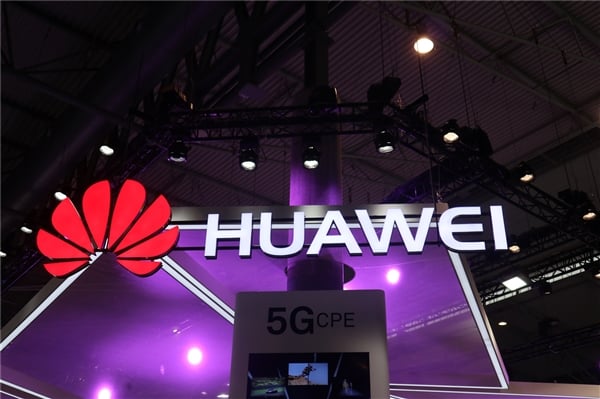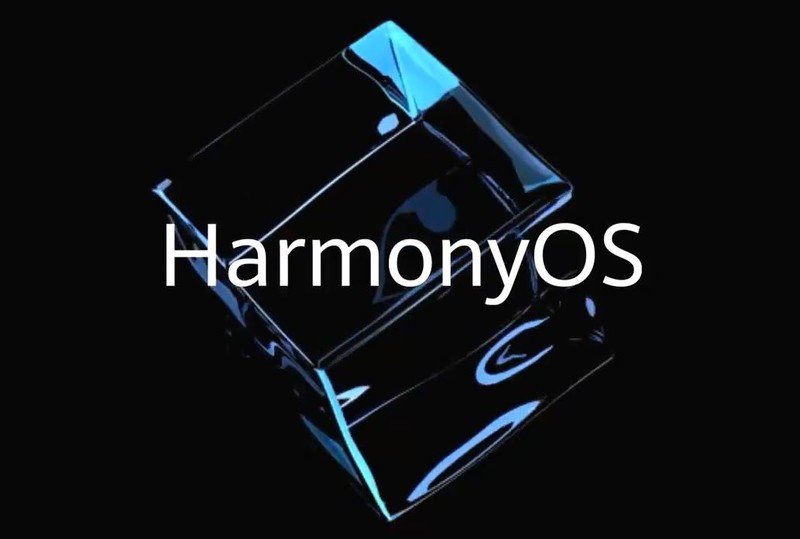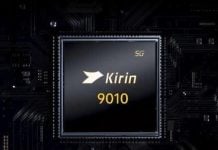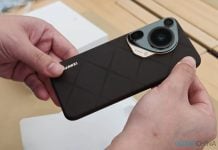This year at IFA 2019, Huawei released the Kirin 990 5G processor, the world’s first 5G chipset built on a 7nm EUV process. The Kirin chipsets have always been a hallmark of Huawei’s devices, often being a selling point for them. Huawei themselves have never really treated these as commercial products, but rather as important intellectual property. Which is exactly why this statement by Richard Yu after IFA 2019 is so surprising.
According to Globaltimes, in the interview after IFA, Huawei CEO Richard Yu claimed that Huawei is now considering selling their Kirin chipsets to other industries, though only for specific uses such as in IoT fields. The company is still hesitant to deal with the export of Kirin processors for smartphones, though they did not rule out the possibility.

This is a huge turnaround from the company’s previous stance on Kirin chipsets. In the past, Huawei has always vehemently abhorred talks about selling their Kirin chipsets to others. Just last year Senior Product Director Brody Ji claimed: “For Huawei, Kirin is not a business but a product or technology that acts as our competitive edge against rival smartphone brands.”
So the big question is, why the sudden change of heart? First off, the elephant in the room is probably Huawei’s current US ban. It’s possible that the company is expecting a huge drop in revenue from the ban, possibly due to the losses in the international market, and as a result, is pressured into taking this step as a means to alleviate their revenue problems. It’s also possible the company’s just looking to expand their horizons further.

Now, there’s plenty of good that comes out of this for Huawei, the obvious one being an increase in revenue. Huawei has a pedigree of excellence when it comes to chipset design, which is evident from its recent Kirin 990 launch. So even if it’s limited to non-smartphone devices, we can definitely see there being a reception for these.
On top of that, this can also help Huawei expand its connections with other companies and build bridges that will help them in the future. From the recent Honor Smart Screen launch, we know that Huawei wants to build a smart interconnected system that allows many different devices to communicate freely. It even opens the door for Huawei to market HarmonyOS more effectively, allowing for a higher and faster rate of adoption.

On the downside, Huawei selling their processors would essentially make their own devices stand out less, especially when it comes to their smart devices. The company’s smartphone division would likely be less unharmed, but their smart products like TVs and stuff would gain competition from the very companies that Huawei works with.
Regardless of how things turn out, we’re eager to see what happens next. These past few months have been some of the most exciting to watch, and it doesn’t seem like it’s slowing down anytime soon. Huawei has some tough times ahead of them, but we’re hoping sudden and unexpected moves like these will allow the company to regain ground soon.
UP NEXT: Huawei releases Mate 30 series teaser video ahead of its launch on September 19
(Source)







